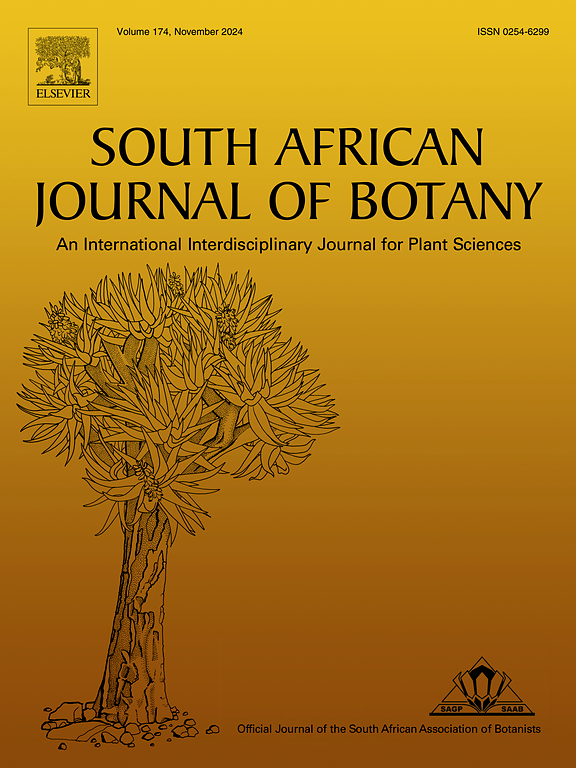Cultivation of Typha latifolia seeds in vitro: Establishing an aseptic protocol for germination, development, and cadmium exposure of vitroplants
IF 2.7
3区 生物学
Q2 PLANT SCIENCES
引用次数: 0
Abstract
Typha latifolia plants are esteemed for their heavy metal's bioremediation prowess, adeptly handling both biotic and abiotic stresses. Cultivating these plants in vitro is crucial for facilitating experimental studies. In this work, two seed asepsis treatments were compared to germinate, establish, and develop T. latifolia vitroplants, which were used to evaluate their capacity to remove and accumulate cadmium. In Asepsis Treatment I (AT-1), seeds were immersed in Captan, AgNO3, Bacterin, NaClO, Tween 20, and three washes with sterile distilled water for 5 min each one. For Asepsis Treatment II (AT-2), the seeds were subjected to an agitation process in distilled water, followed by immersion in the same solutions used in AT-1, in the same order, and an additional washing with 70% ethanol for 5 min and five washes with sterile distilled water. In both treatments the seeds were refrigerated at 5°C in darkness. In AT-1 they were refrigerated for 24 h and in AT-2 for 72 h and after were cultured on MS medium. After 90 days, the vitroplants were assessed for cadmium removal and accumulation, subjected to varying concentrations of the element (0, 25, 50, and 75 mg L-1). Results demonstrate AT-2 superiority, manifesting in 100% seed germination, minimal contamination, and oxidation of vitroplants after 30 days of culture. Notably, vitroplants from AT-2 attained a height of 15.3 ± 3 cm and a root length of 5.2 ± 1 cm. Furthermore, these vitroplants exhibited remarkable cadmium removal efficiency, up to 24% from a 75 mg L-1 cadmium solution, with predominant accumulation in the root tissue. This study underscores the efficacy of AT-2 in generating vitroplants T. latifolia with improved vigor, fitness and potential for cadmium bioremediation, which can be used in the decontamination of environments impacted with heavy metals.
求助全文
约1分钟内获得全文
求助全文
来源期刊

South African Journal of Botany
生物-植物科学
CiteScore
5.20
自引率
9.70%
发文量
709
审稿时长
61 days
期刊介绍:
The South African Journal of Botany publishes original papers that deal with the classification, biodiversity, morphology, physiology, molecular biology, ecology, biotechnology, ethnobotany and other botanically related aspects of species that are of importance to southern Africa. Manuscripts dealing with significant new findings on other species of the world and general botanical principles will also be considered and are encouraged.
 求助内容:
求助内容: 应助结果提醒方式:
应助结果提醒方式:


